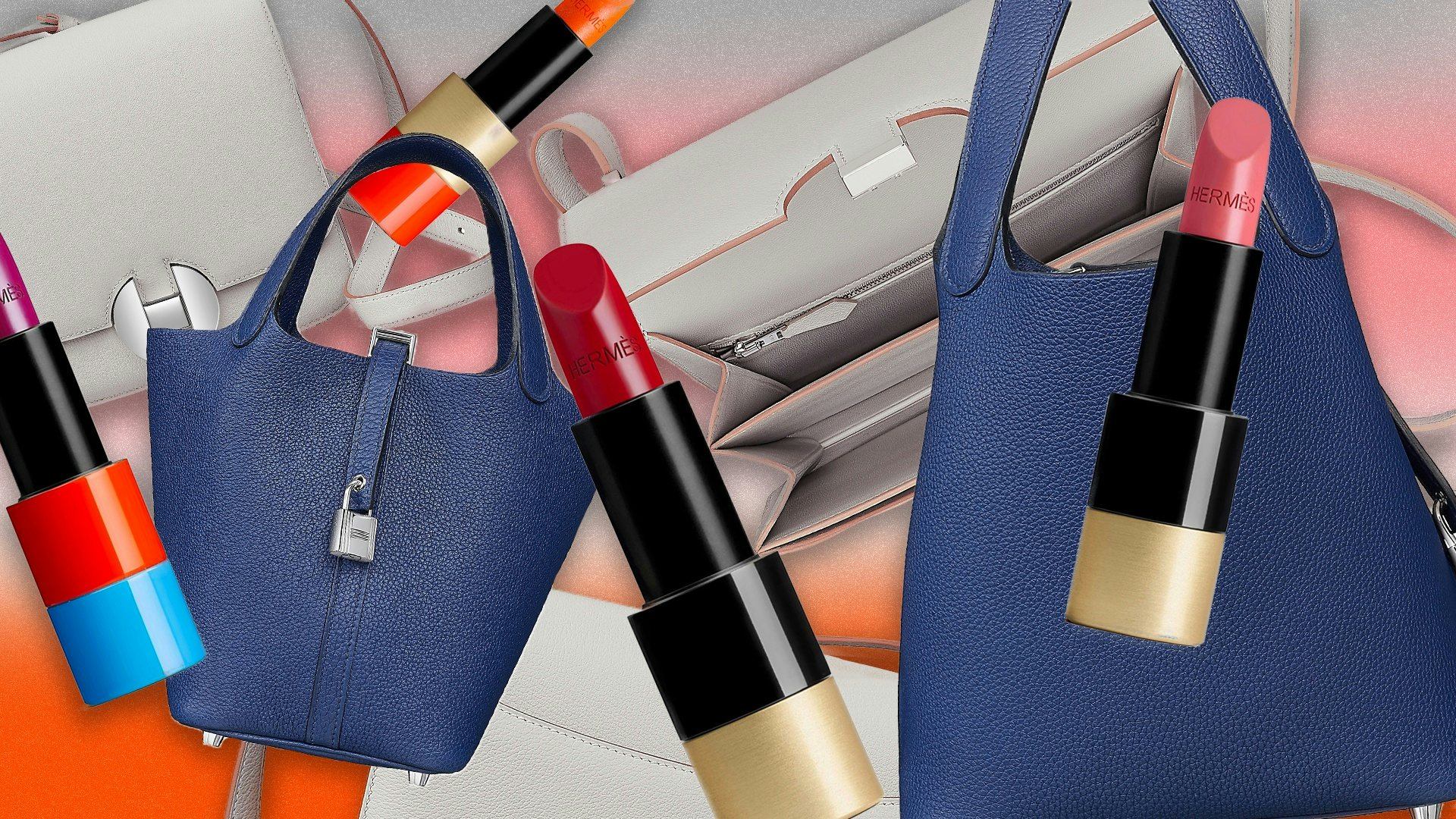Research and consulting firm Agility Research & Strategy just released its second Wave Of The Trend Lens consumer study, which is a follow-up to the initial series of interviews it conducted in late-January/early-February of 2020 at the beginning of the COVID-19 pandemic. For the study, Agility interviewed 1,040 affluent and HNWI individuals in mainland China, with each respondent having a minimum of 1 million in assets under management (excluding their primary residence).
“In this study, which we conducted across the Asia Pacific and in eight key markets to gauge the post-COVID-19 impact, China has emerged as a resilient market and one that seems to be a bright spot for Luxury brands this year,” says Amrita Banta MD from Agility Research & Strategy. “Along with China, affluent consumers from Indonesia and India were also more optimistic across key metrics while Malaysians, Japanese, and Singaporeans seemed more cautious about the economic climate and were looking to cut back on their spending.”
Key Takeaways:#
Consumers are less optimistic about their economic situation and spending than they were back in January. Agility research shows that significantly more consumers continue to expect that their economic security, their property or investment values, and disposable income will all increase over the next 12 months, and they don’t expect them to decrease — a promising sign.
In fact, 57 percent of interviewees expect that the value of their property or investments will increase, 55 percent also expect an increase in their economic well being (down from 81 percent in W1), and 54 percent expect a boost in their disposable income (down from 83 percent in W1).
And the spending outlook for the next 12 months is also projected to change. Consumers’ spending expectations for the next year have declined across all categories since January, with travel-related categories registering the steepest drops. For instance, travel experiences are down to 38 percent (from 54 percent in W1), airline tickets are down to 33 percent (from 49 percent in W1), and hotels/accommodations are down to 32 percent (from 50 percent in W1).
The luxury travel industry is sure to register significant changes. As anticipated, domestic travel will recover more quickly than international travel. Fifty percent of interviewees foresee an increase in their domestic leisure trips, while only 34 percent of respondents expect to increase their international travels.
Since it’s becoming increasingly difficult to travel overseas, Chinese consumers are indulging in shopping sprees instead. This phenomenon has the potential to help certain segments and industries rebound faster on their roads to recovery. For example, skincare, makeup, and clothing are still strong earning segments, and Agility predicts that consumers are more likely to boost their spending on these categories, with 39 percent of respondents saying they will increase their spending on skincare (down from 49 percent in W1), 38 percent on makeup (down from 48 percent in W1), 37 percent on fashion clothing (down from 45 percent in W1), and 35 percent on fashion jewelry (down from 44 percent in W1).
Similarly, apparel and cosmetics luxury brands should have a smoother transition out of COVID-19 compared to other industries.
The study also showed how the pandemic has radically accelerated some consumer trends. The “upgrade trend,” for instance, continues, with 54 percent of the HNWI planning to buy more expensive luxury items. HNWIs are becoming more selective with their purchases, which means they are less willing to buy trendy or lower-quality products, instead preferring investment pieces. According to Agility, this means they’re “increasingly focusing on quality over quantity.”
Sustainability remains a priority, even in the post-COVID-19 world. Over 83 percent of respondents intend to do more for the environment, 81 percent want to buy more from sustainable brands, and 78 percent plan to invest more in sustainable companies.
At this point, the acceleration of e-commerce seems unstoppable, as an increasing number of HNWIs prefer shopping online versus in physical stores. That is especially true for consumers from smaller cities who don’t have multi-brand stores and physical showrooms where they live.
It is worth noting that 71percent of respondents have purchased luxury products online in the past six months, and for the 21-34 age group, that percentage is even higher (77 percent).
Buying products that say “Made in China” is still trending, and according to Agility highlights, 60 percent of younger consumers (age 21-34) have purchased an item from a Chinese luxury brand over the first six months of 2020. Moreover, 77 percent of consumers are willing to buy a product from a Chinese brand in the future.
In the experience economy, sports are the big winner. Considering that “living a healthy lifestyle” ranked ahead of “having enough money to retire” or “achieving financial success,” a shift toward more sporting activities isn’t surprising. Most of us realize that the pandemic has altered routines by bringing new health concerns to the forefront, and a correlation between obesity and the COVID-19 disease has been discussed at length. These issues have created a need for new hobbies. Working out, running, yoga, and cooking are all receiving more attention than in the past.
Forbes seems to agree with Agility, claiming that “wellbeing will emerge as a huge trend after the Coronavirus.” Erica Carranza, Ph.D. and vice president of consumer psychology at the research firm Chadwick Martin Bailey, told Forbes that “Consumption is driven by very strong motivations, like emotion, identity, and social connection. Those motivations aren’t going anywhere.” But she also states how “the values, habits, and norms that shape what we consume and how we consume could shift dramatically.”
Smart retailers and brands will know how to take advantage of these changes, and they’ll incorporate athleisure, home leisure, and loungewear into their collections.
The luxury industry cannot overcome these uncertain times by using the same old tactical decisions. In a post-COVID-19 world, building resilience and maintaining versatility has become competitive advantages. The brands that rethink their operating models and deliver more value to their customers will be the ones that survive this pandemic.

